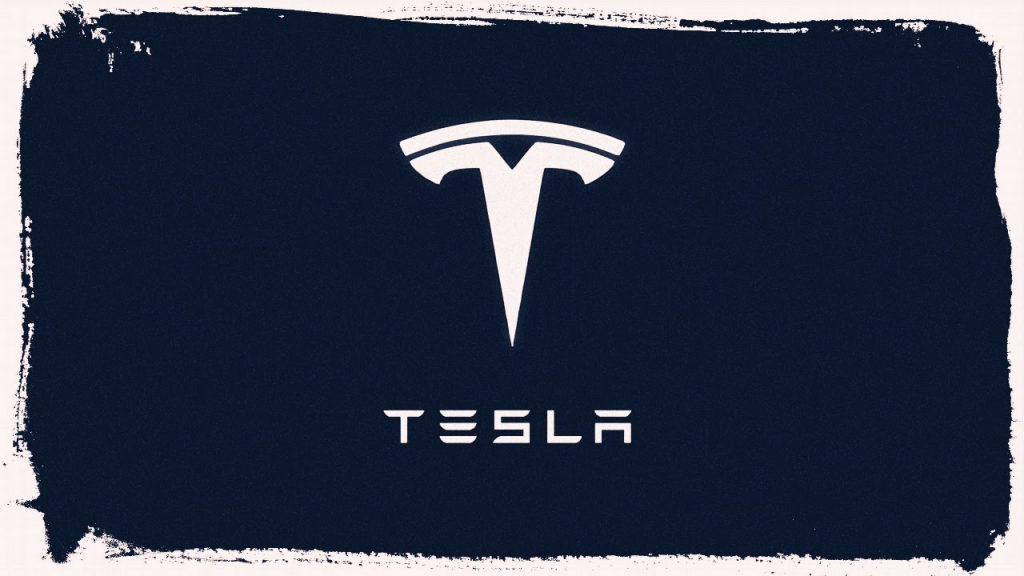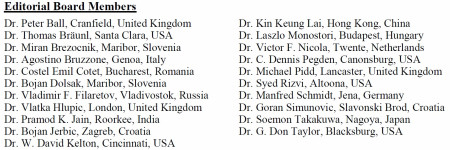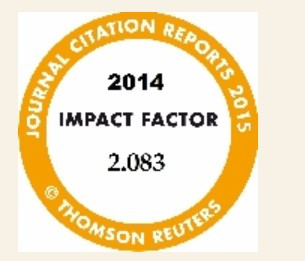Sharon Bush’s Work With Protein Matrix

Protein Matrix is a product meant to break down and remove substances from pipelines. The solution is meant to break down substances including fats, oils, and grease (FOG). Protein Matrix is environmentally friendly, cost-efficient, and doesn’t use harsh chemicals like many of the other products out on the market. What happens to things poured down residential drains? Unfortunately, substances build up over time and stick to sewage pipes. Fats, oils, and grease can disintegrate and damage pipelines. Many of these buildups will come from everyday household items, especially residue and bits from food leftovers that make their way down the drain. Many people don’t realize what they put down their drains can have a negative environmental impact. Sharon Bush is the driving force behind Protein Matrix.
Protein Matrix works in a two-step process. The components of the protein matrix are specially made to break down and prevent the buildup of excess materials within a pipeline. In the second step, the breakdown of buildup materials are converted into a flowable non harmful product. The broken-down product can be more easily digested by water waste treatment and allows the pipelines not to be full of excess build up.
Protein Matrix is essential in preventing sewer spills. All the buildup that occurs in pipelines will eventually lead to unfortunate and unwanted sewer problems. If there is sewage backup, it can lead to overflow, and that is often an undesirable situation. Flooding is inconvenient, expensive, and preventable. If you could prevent contact with sewage overflow that is filled with potentially harmful bacteria, you would want to. Overflow sewage can find its way into all kinds of different unwanted places including parks, lakes, and yards. Protein Matrix is a proactive solution to sewage buildup that could lead to unwanted spills. Instead of having to repair damaged sewer pipelines that have had build-up, you could use Protein Matrix to break down materials that have built up over time and maintain pipeline structural integrity in an environmentally friendly way. While sewage spills are unsightly, there are also health consequences of being exposed to material that is meant to be contained.
Protein Matrix is an excellent alternative to environmentally harmful products that are currently used to break down sewage build up. When a newer and more productive product comes to the market, it takes time to overtake older and outdated methods. Lye (sodium hydroxide) was commonly used to maintain FOG complications. While this was the standard for many years, there are now more environmentally friendly and useful methods. Protein Matrix doesn’t hurt the pipes while it is breaking down the material buildup. It works hard to break down the built-up FOG without harming the pipes. Protein Matrix is water-based, biodegradable, non-toxic, nonvolatile, and nonflammable. Protein Matrix can be used on more than just sewage systems. As just one example, it can also be used on commercial kitchen baking racks as a degreaser. There is peace of mind knowing that a product that is tough enough to break down FOG in industrious sewer pipes are also just as safe to be used in a kitchen setting.
Sharon Bush has done work with numerous philanthropic organizations, promoting the ideals of love and family. Across her various efforts, she’s worked to help numerous causes, including education, pollution remediation, and other nonprofit organizations. Her contributions have helped further advance these causes, helping people around the world. Read more about Sharon Bush: https://www.emeraldcityjournal.com/2018/01/sharon-bush-philanthropic-work-and-business-connections/
You can follow Sharon Bush on her website: http://www.sharonbush.org






















